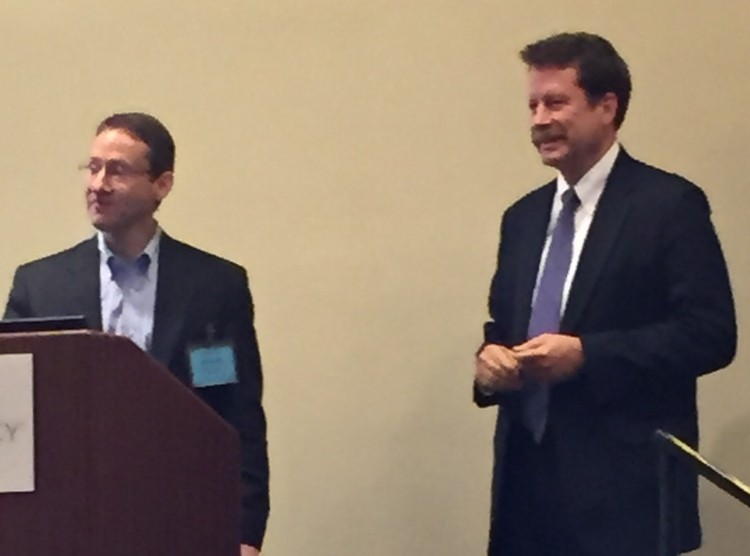Re-engineering clinical trials: A 'tipping point' vs. incremental change

The discussion was centered Tuesday on the release of a new 360-page book – co-authored by two Icon executives and including a handful of experts from the Tufts Center for the Study of Drug Development (CSDD), called “Re-Engineering Clinical Trials.”
A number of the discussions focused on what Ken Getz, director of sponsored research programs at Tufts CSDD, called critical drivers of inefficiency in clinical trials, including protocol design complexity, underutilized collaborations and technological solutions, regulatory burden, and poor public and patient engagement.
The complexity of protocols featured prominently, particularly the way the complexity often leads to an increased number of major amendments and procedures, as well as the increasing number of sites and the decreasing number of patients enrolled per site.
“The more complex the trial, the poorer the performance of the trial,” Getz said, citing Tufts data that found a typical Phase III protocol between 2002 and 2012 saw “a dramatic increase in scope and demand.”
But the issue of finding and retaining patients was also cited as a major barrier to research. Experts noted a number of new technological devices, including Fitbit and Apple’s ResearchKit, as ways to further engage patients or reach out to them earlier.
The FDA’s Califf spoke more bluntly, saying the system can’t be fixed with incremental changes.
“The only way out of the box is to use the integrated information available in clinical health systems,” Califf said, pointing to the multi-billion dollar systems, and also to Walmart as an example of a company that uses analytics well.
“One of the things quite remarkable about this era – the information that used to be hoarded by academia or industry, will now be more transparent,” he said.
Outsourcing
Getz also touched on the increasing rate of outsourcing in the clinical industry, which has grown at double the rate of overall R&D spending. And although the structure of relationships is “moving to be more strategic” where a “CRO partner has a seat at the table to provide some input into development planning activities,” Tufts data found that there was “no difference in the data on change orders between transactional relationships and integrated alliances with CROs.”
Getz told Outsourcing-Pharma.com that CROs “seem resigned to the fact that this is the way it is” in terms of the strategic partnerships not really amounting to more than functional relationships. CROs don’t really want to “stir the pot or disrupt the process too much,” he added.










